Hey check it out, the official Lost Sea Expedition trailer. While the mule wagon voyage across America took my mule and me14 months, now you can take the trip in under 2 minutes. Hang on!
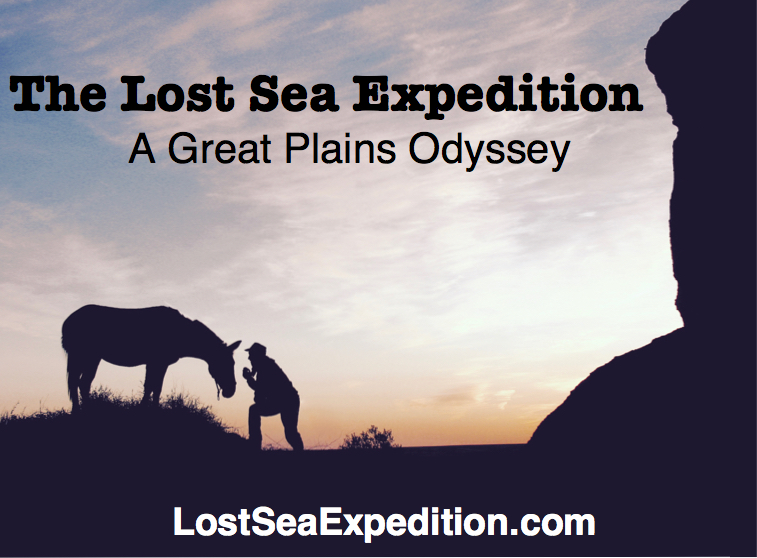
I’ve started many of my voyages in Oriental, NC, from a solo circumnavigation to a mule voyage across America. Join me at the The Old Theater, Friday, May 26, 7:30 – 8:30p (doors open 7p) for a program about the Lost Sea Expedition Public TV series. There’ll be sailing footage from my solo circumnavigation and how that inspired me to set off exploring the Lost Sea. Come learn about life in a solar powered prairie schooner, how the Lost Sea Expedition was filmed without a film crew and the best ways to chase down a mule. $5 (helping cover Public TV costs). No life jacket required.
In the meantime, here’s a great straight-off-the-boat-after-many-days-at-sea story (complete with photos of me sobbing) TownDock.net did shortly after I finished sailing alone around the world.
In preparation for my next wagon voyage with Polly (more on that soon) I’ve been working her to the harness most every day of the week. This week she dragged fire wood logs from the forest. Thing is, her shoulders are still soft from lack of work. So, to give the hide a chance to thicken up, I hitched her to the wagon for a light workout. Just a wee road trip down the drive to get the mail. What a relaxing way to end the work week. Have a great weekend!

Great news. Rocky Mountain PBS has agreed to broadcast the Lost Sea Expedition, the documentary about my Canada to Mexico wagon with mule Polly.
It’s fitting that an old school Public Television station would be the first to pick up the wagon voyage series. KRMA, Rocky Mountain PBS’s flagship station in Denver, Colorado, is the oldest public television station in the Rocky Mountains.
The broadcast area overlaps the Colorado part of our 2,500 mile journey down the Great Plains.
We’ll keep you posted of when the series will air. Right now, though, since Public Television doesn’t pay for content, we need to raise funds to complete the series. We could sure use your help.
Continue reading “Rocky Mountain PBS to Air Lost Sea Expedition”
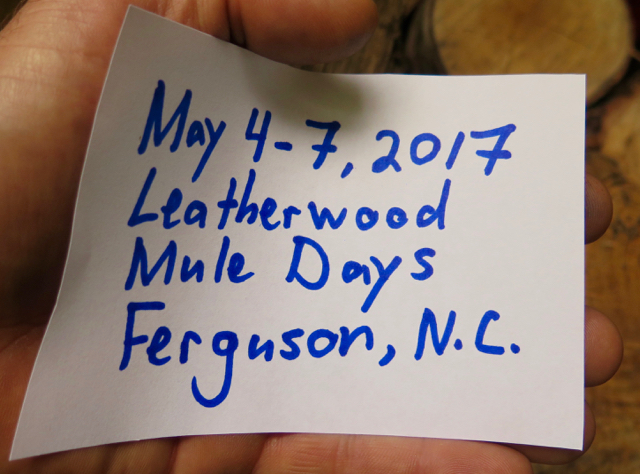
Friday, 7p: Join me for a Mule Days Movie night. We’ll be taking a look at some footage of the “Lost Sea Expedition” series.
Sat 11: Meet mule Polly and tour the solar powered Lost Sea Expedition wagon she pulled from Canada to Mexico.
Sat/Sun: “How to Leg Picket” demo and discussion. In case you’re wondering, this is for mules. Humans welcome.
Hey there Long Ears. Save the date: May 4 -7. That’s Leatherwood Mule Days in Ferguson, NC.
Join us. Rub a mule’s ears. Dance under the stars. If you’re feeling really limber, pretzel yourself up and crawl in to the Lost Sea Expedition mule wagon. Yes, mule Polly, who pulled that wagon 2,500 miles from Canada to Mexico for the Lost Sea Expedition series on Rocky Mountain PBS will be there. Plenty of other folks, too – mule riders, horse lovers and ordinary people.
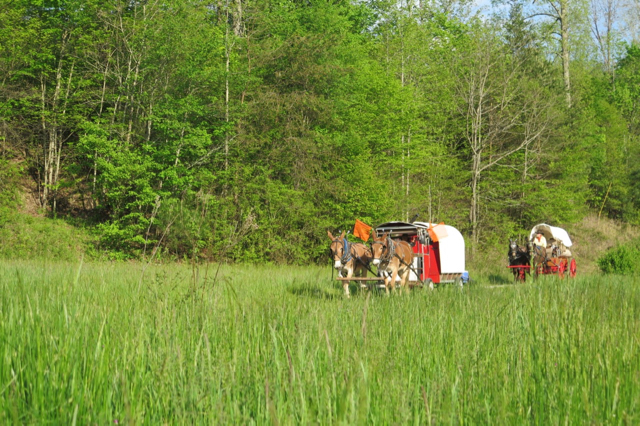
In layman’s terms, Leatherwood is located at the base of the mountains that are home to Boone and Blowing Rock, NC. That means incredible green valleys like Montana and cool nights like New England. All right here in western North Carolina. Plenty of room to park your camper or horse trailer. There’s primitive camping, too, for the rest of us. That’s where we’ll be camping.
So dial these directions in to your mule wagon or GPS and visit with us!
LeatherWood
512 Meadow Road
Ferguson, NC 28624
Ph: 800-4NC-MTNS (462-6867)
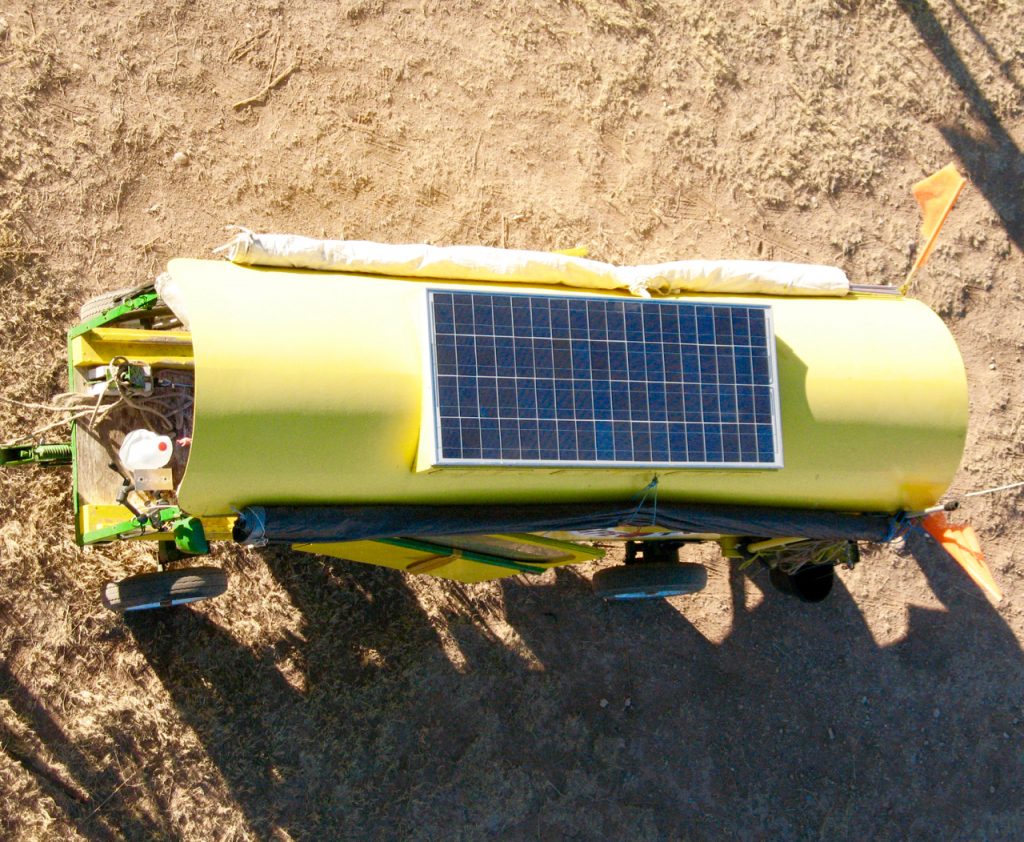
The Lost Sea Expedition is the first documentary filmed from a solar powered mule wagon. Over the next few posts, I want to share some of the tech that allowed me to film the 4-part documentary using pretty much only the power of the sun. Today, let’s look at the solar panels that breathed the spark of life in to my recording equipment.
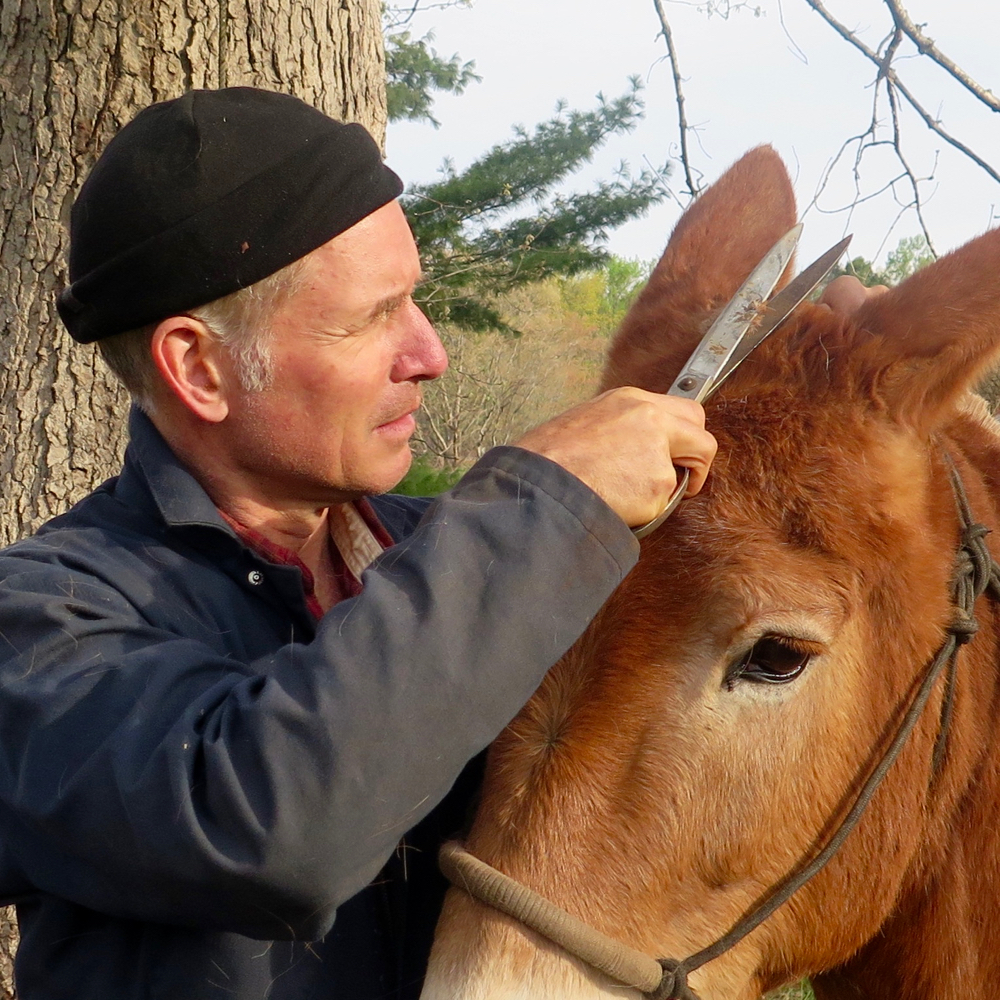
I sharpened the scissors. I caught mule Polly. Then I trimmed her mane and tail and took a swipe at her toes.
Man, she’s as spiffed up as mule can be for Leatherwood Mule Days. I’m already thinking Coon Jump, pasture camping and starlight dancing.
I hope you can join us and here’s how you can do it.
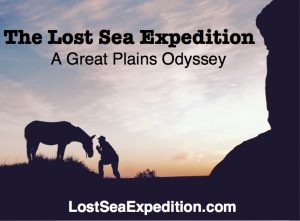
Review published June 28, 2017 by TheLongRidersGuild.com
Original link: http://www.thelongridersguild.com/news.htm
Saint Augustine is supposed to have said, “The world is a book and those who do not travel read only a page.”
Few people have heeded Saint Augustine’s advice with as much devotion as American Long Rider Bernie Harberts, for he has read the world and delivered a tale such as few have done.
After sailing around the world alone, Bernie rode “ocean to ocean” across the United States. Then he set out on a remarkable journey in search of the “lost sea” that once covered America’s Great Plains. What he found was a nation awash with contradictory beliefs, a people longing for emotional stability, and an environment facing catastrophic changes.
Plenty of people make trips which result in the creation of DDD, ‘dreary daily diaries,’ written by people who travel far but have say little of value to say afterwards. Bernie Harberts isn’t one of those and the documentary film he made is worthy of attention for a wide variety of reasons.
It’s certainly true that the film relates how Bernie travelled 2,500 miles alone in a tiny wagon from Neptune, Saskatchewan to Fort Hancock, Texas. But this story is about a lot more than a man, a mule and a wagon.
Hollywood typically depicts the “Old West” as being populated by buffalo and long horn cattle. Yet Bernie met various people, including a paleontologist, a rancher and a Native American who showed him dinosaur fossils they had discovered in different states where the Lost Sea had once been.
On a superficial level it’s easy to sit back, watch the pretty landscape, enjoy seeing the antics of Polly the mule, wonder at the colourful people Bernie meets and take in the sights second hand.
What sets this story apart from the vast majority of equestrian travel tales is its maturity. This is a documentary film that is different because there are important emotional, social, cultural, religious, political and spiritual threads interwoven into the tale.
The American states Bernie travelled through have traditionally been associated with hardy pioneers, resilient ranchers and enduring farmers. Yet Bernie discovered that large portions of the interior of the USA are becoming increasingly depopulated.
He filmed a house buried by tumbleweeds. He witnessed small towns dying. He spoke to lonely survivors. And he documented how the country’s most vital water supply, the Ogallala Aquifer, is being emptied by aggressive industrial-sized agricultural practices that are draining away the nation’s underground water at an alarming rate.
The editor of a small Kansas newspaper asked Bernie, “Will the water run out before the population runs out?”
The landscape may still be magnificent but what this film also shows is the shocking de-population of the interior of America.
During an in-depth Question & Answer interview with the Guild, Bernie discussed his journey, the film he made single-handed, and the unexpected discoveries he made along the way.
What is revealed is the story of a man who represents the ideals that once defined America around the world: principles not profits, integrity not ego, truth not deception, personal courage not ethical cowardice.
Bernie Harberts may be an American Long Rider but his story has a global message and this documentary presents an authentic view of the country – culturally, spiritually and environmentally.
More about equine travel and exploration at TheLongRidersGuild.com
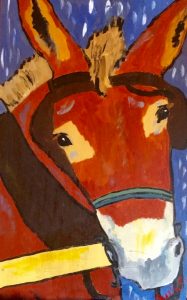
Recently, mule had her portrait painted by animal artist Julia Carpenter – aka The Bestiaryst. Julia did a great job capturing Polly’s expression, especially her eyes. It’s like Polly is saying, “hey, haven’t I pulled this wagon far enough? Wouldn’t this be a good time for a bite of grain?”
For some of Julia’s thoughts behind the painting, check out her article “An Awfully Good, One of a Kind, Un-proud Mule” at her site ConsideringAnimals.com
Thanks Julia!
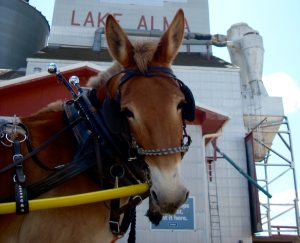
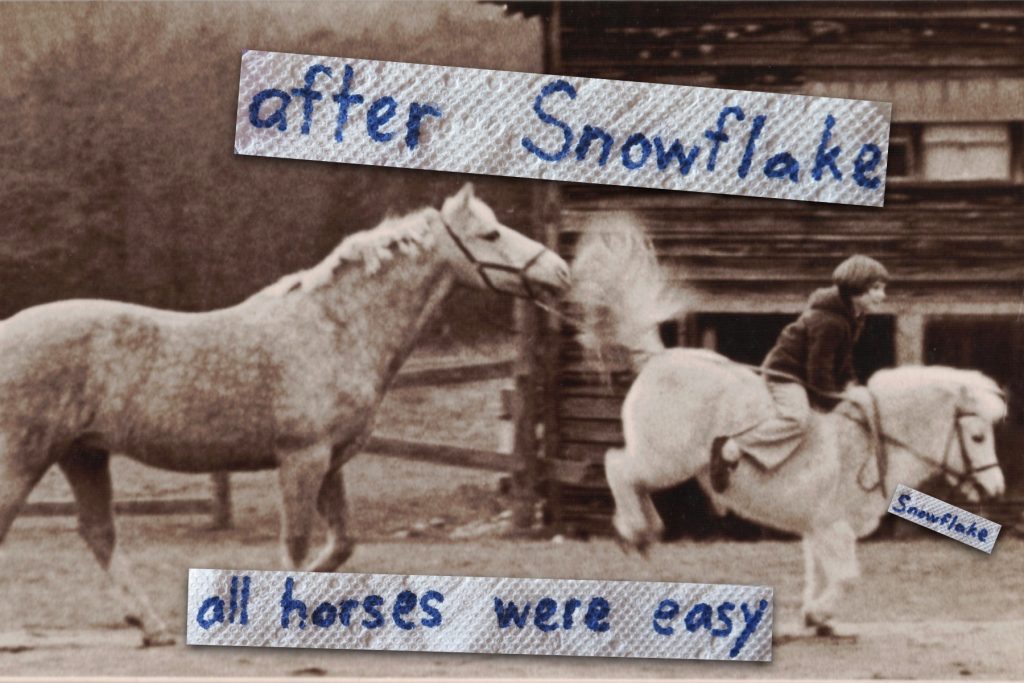
My friend Julia started the community art project BeastField.com. The gig is simple. Folks send in a photo of a beloved dead pet and a 6 word description.
I submitted Snowflake, the pony who still makes me duck every time I see a low peach branch. Continue reading “After Snowflake, all horses were easy”